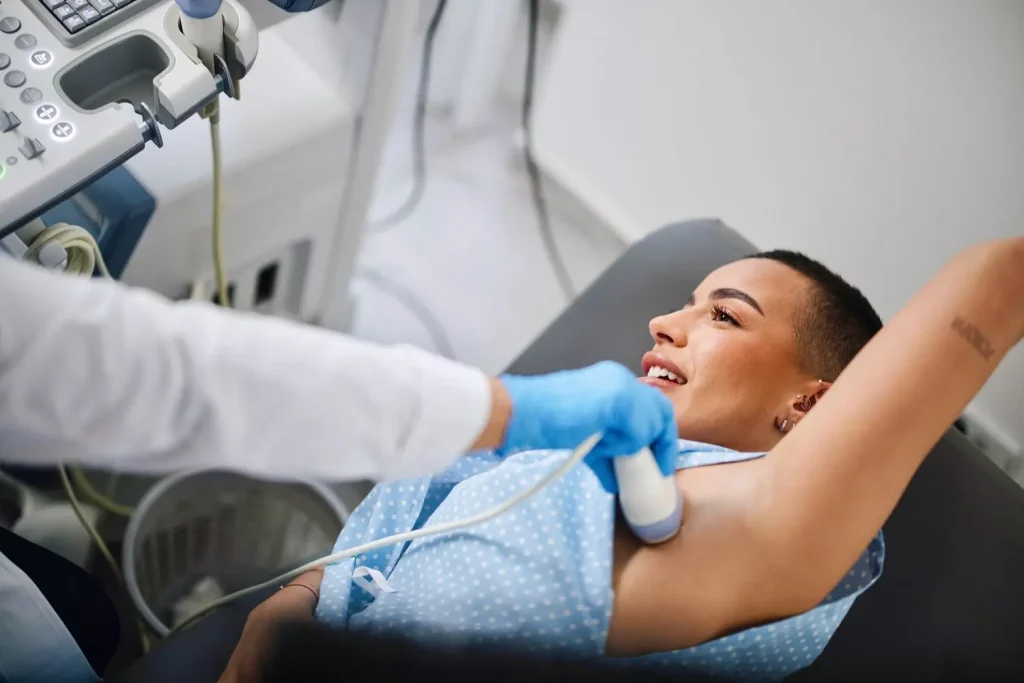Breast cancer is the most common form of cancer among women worldwide. Detecting breast cancer at an early stage significantly improves the chances of successful treatment and recovery. In order to ensure timely detection, self-breast exams are crucial for every woman. By understanding the symptoms and signs of breast cancer, you can empower yourself and take control of your health. In this article, we will explore the key symptoms and signs to look for during your self-breast exam.
Understanding Breast Cancer:
Before we dive into the symptoms and signs, it is important to have a basic understanding of breast cancer. Breast cancer occurs when abnormal cells in the breast tissue start to grow and divide uncontrollably. These cells can form a tumor or invade surrounding tissues, potentially spreading to other parts of the body.
The importance of self-breast exams:
Self-breast exams play a vital role in early detection. By performing regular self-checks, you can become familiar with the normal look and feel of your breasts, making it easier to identify any changes. It is recommended to conduct a self-breast exam once a month, preferably a few days after your menstrual cycle ends.
Common Symptoms and Signs to Look for:
Breast lump or thickening: One of the most recognizable signs of breast cancer is the presence of a new lump or thickening in the breast or underarm area. It is essential to note that not all lumps are cancerous, but any new lump should be evaluated by a healthcare professional.
Changes in breast size or shape: Pay attention to any changes in the size or shape of your breasts. This could include swelling, asymmetry, or dimpling of the skin.
Nipple changes: Look for any changes in the nipple, such as inversion, discharge (other than breast milk), or redness. These changes may be indicative of an underlying issue, including breast cancer.
Skin changes: Skin changes over the breast area can be a sign of breast cancer. Watch out for redness, scaliness, or puckering of the skin, as well as any new sores or ulcers that do not heal.
Breast pain or discomfort: While breast pain is not usually a symptom of breast cancer, persistent or unusual pain should not be ignored. If you experience any unexplained pain or discomfort in your breasts, consult with a healthcare professional.
Changes in the lymph nodes: During your self-breast exam, check for any enlarged lymph nodes under your arms. Swollen lymph nodes can be a sign that breast cancer has spread beyond the breast tissue.
Remember, these symptoms and signs are not exclusive to breast cancer and can also be caused by other conditions. However, being aware of such changes and promptly seeking medical advice can help in the early detection and treatment of breast cancer.
Conducting a Self-Breast Exam:
Performing a self-breast exam is simpler than you might think. Here are some steps to follow:
Stand in front of a mirror and visually examine your breasts. Look for any changes in shape, size, or skin texture.
Raise your arms and inspect your breasts for any visible alterations in contour or shape.
Lie down and use the pads of your fingers to gently feel your breasts. Use circular or up-and-down motions to cover the entire breast and surrounding areas, including the armpit. Pay attention to any lumps or thickening.
Repeat the above step while standing or sitting, as different positions can help you better identify changes.
The importance of Early Detection:
Early detection of breast cancer is crucial as it greatly enhances the chances of successful treatment and survival. By performing regular self-breast exams, being aware of the symptoms and signs, and seeking immediate medical attention in case of any concerns, you can take control of your breast health and potentially save your own life.
Remember, if you discover any unusual changes during your self-breast exam or experience persistent symptoms, do not hesitate to consult with a healthcare professional. Early intervention can make a significant difference.

